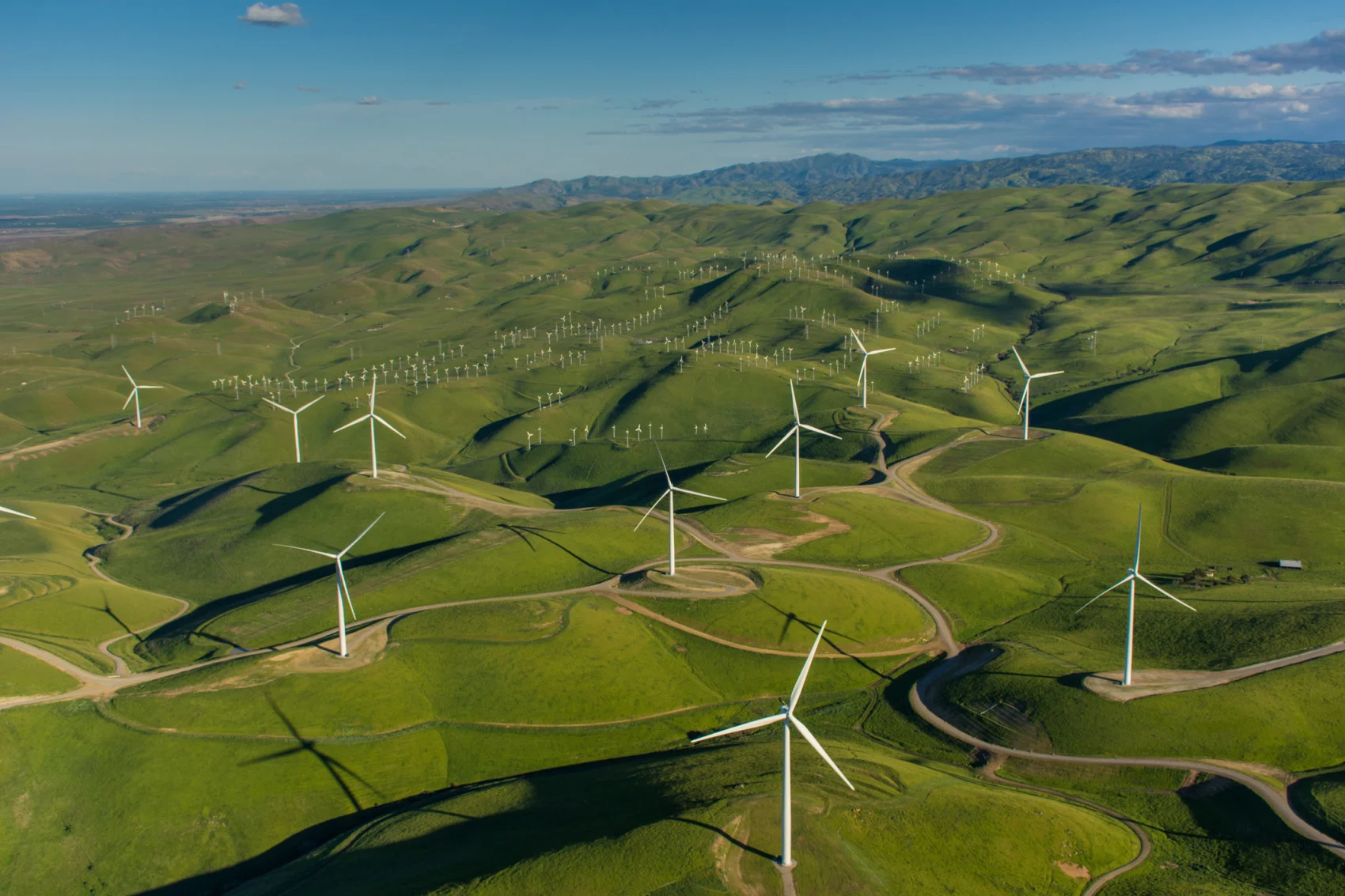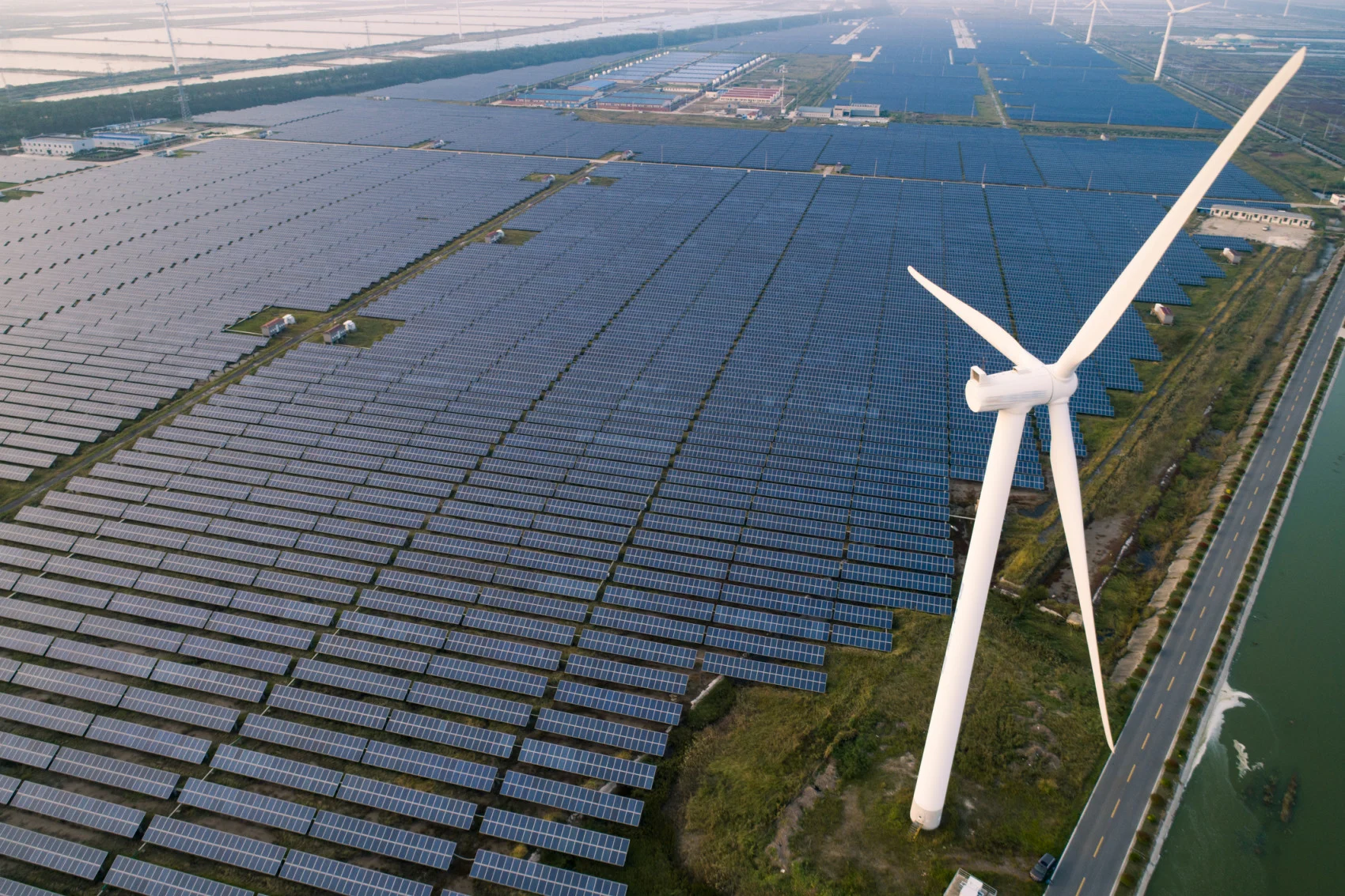
2021 was a "record year of growth" for renewable energy, IEA report says
The International Energy Agency report provides an analysis of renewable energies and forecasts their trends from 2021 to 2026.
Global renewable electricity grew faster than ever before during 2021, a new report from the International Energy Agency (IEA) has stated. The report provides an analysis of this energy sector by evaluating current policies and market developments.
The growth of worldwide renewable electricity is expected to continue over the coming years as the world expands its capability to generate energy from solar panels, wind turbines, and a number of other resources.
The renewable capacity that will be added from 2021 to 2026 is estimated to be 50 per cent higher than from 2015 to 2020, which the IEA said is driven by government policies and clean energy commitments made during COP26.
Despite the rising costs of certain materials that are used to construct new solar panels and wind turbines, approximately 290 gigawatts (GW) of renewable power capacity was added in 2021, which passes the record that was set in 2020.

Wind and solar energy being generated in Dongtai, Jiangsu, China. (Yaorusheng/ Moment/ Getty Images)
“This year’s record renewable electricity additions of 290 gigawatts are yet another sign that a new global energy economy is emerging,” stated IEA Executive Director Fatih Birol in a press release. “The high commodity and energy prices we are seeing today pose new challenges for the renewable industry, but elevated fossil fuel prices also make renewables even more competitive.”
The report estimated that by 2026 the world will have over 4,800 GW of renewable power capacity, which is over a 60 per cent increase from 2020 levels and equal to the amount of power that is currently being generated from fossil fuels and nuclear sources.
China is currently the global leader in terms of the value of capacity additions and is projected to reach 1,200 GW of wind and solar capacity in 2026. India is also seeing exceptional rates of growth with a newly announced goal of reaching 500 GW of renewable power capacity by 2030. China, Europe, the United States, and India account for nearly 80 per cent of all renewable capacity expansion.
Several smaller sources of clean energy are also gaining popularity. Offshore wind capacity is expected to more than triple by 2026 and the demand for biofuels is projected to see significant growth in the coming years. The expansion of these energy sources, along with hydropower, geothermal, bioenergy, and concentrated solar power is dulled by a lack of policy support and the cost and availability of labourers.
Coal and natural gas prices have continued to climb, which the report has stated positively influences the competitiveness of wind and solar energy.
According to the report, the uptake of renewable energy can be expedited by governments if key barriers, such as permits and grid integration challenges, are addressed. Other hindrances include social acceptances issues, inconsistent policies, surging commodity prices, and manufacturing costs of solar panels, wind turbines, and biofuels.
“Renewables are the backbone of any energy transition to achieve net zero. As the world increasingly shifts away from carbon-emitting fossil fuels, understanding the current role renewables play in the decarbonization of multiple sectors is key to ensuring a smooth pathway to net zero,” the report noted.
Thumbnail credit: Steve Proehl/ The Image Bank/ Getty Images











